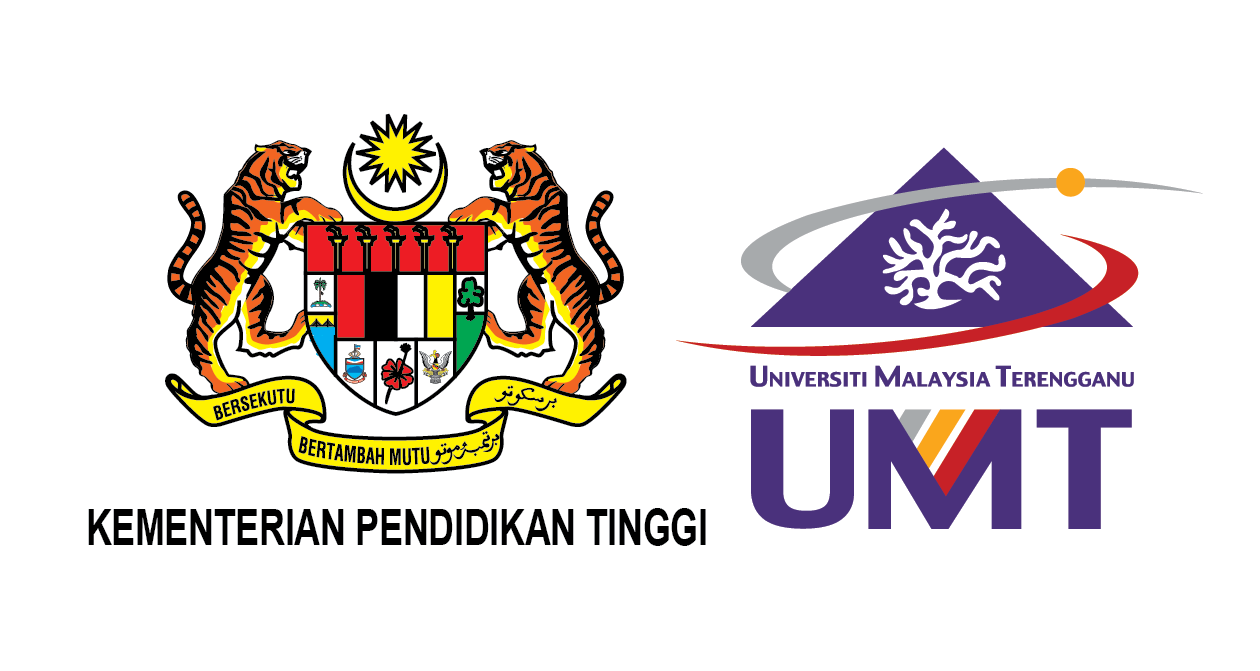Please use this identifier to cite or link to this item:
http://umt-ir.umt.edu.my:8080/handle/123456789/5540Full metadata record
| DC Field | Value | Language |
|---|---|---|
| dc.contributor.author | Noraida Haji Ali | - |
| dc.contributor.author | Azliza Yacob | - |
| dc.contributor.author | Md Yazid Mohd Saman | - |
| dc.contributor.author | Mohd Hafiz Yusoff | - |
| dc.date.accessioned | 2017-04-10T07:26:25Z | - |
| dc.date.available | 2017-04-10T07:26:25Z | - |
| dc.date.issued | 2016-03 | - |
| dc.identifier.uri | http://hdl.handle.net/123456789/5540 | - |
| dc.description.abstract | Computer programming is known as a difficult subject to learn. The difficulty of the subject results in high dropout and failure rates. This paper proposes an analysis of Computer Programming Learning Module using Item Response Theory, which emphasis the items difficulty for the course materials. A group of twenty undergraduate students were involved in this research. The results indicated the easiest and the most difficult items in Computer Programming learning module. A gap was also found between the most difficult items and the rest of the items. In this case, the most difficult item may require further investigation since students are either unfamiliar with the item or it is confusing and misleading or maybe the question given is too hard. Because of the mentioned factors, lecturers should decide the suitability of this item, either to omit or revise it. Instructors are also encouraged to provide a supportive learning environment to enhance learning effectiveness. | en_US |
| dc.language.iso | en | en_US |
| dc.publisher | International Journal of Information Technology & Computer Science (IJITCS) | en_US |
| dc.subject | Programming | en_US |
| dc.subject | Item Response Theory | en_US |
| dc.subject | Motivation | en_US |
| dc.subject | Performance | en_US |
| dc.title | An Analysis for the Item Difficulty in Computer Programming Learnings’ Module | en_US |
| dc.type | Article | en_US |
| Appears in Collections: | Journal Articles | |
Files in This Item:
| File | Description | Size | Format | |
|---|---|---|---|---|
| 156- An Analysis for the Item Difficulty in Computer Programming Learnings’ Module.pdf | Full Text File | 185.39 kB | Adobe PDF | View/Open |
Items in UMT-IR are protected by copyright, with all rights reserved, unless otherwise indicated.

